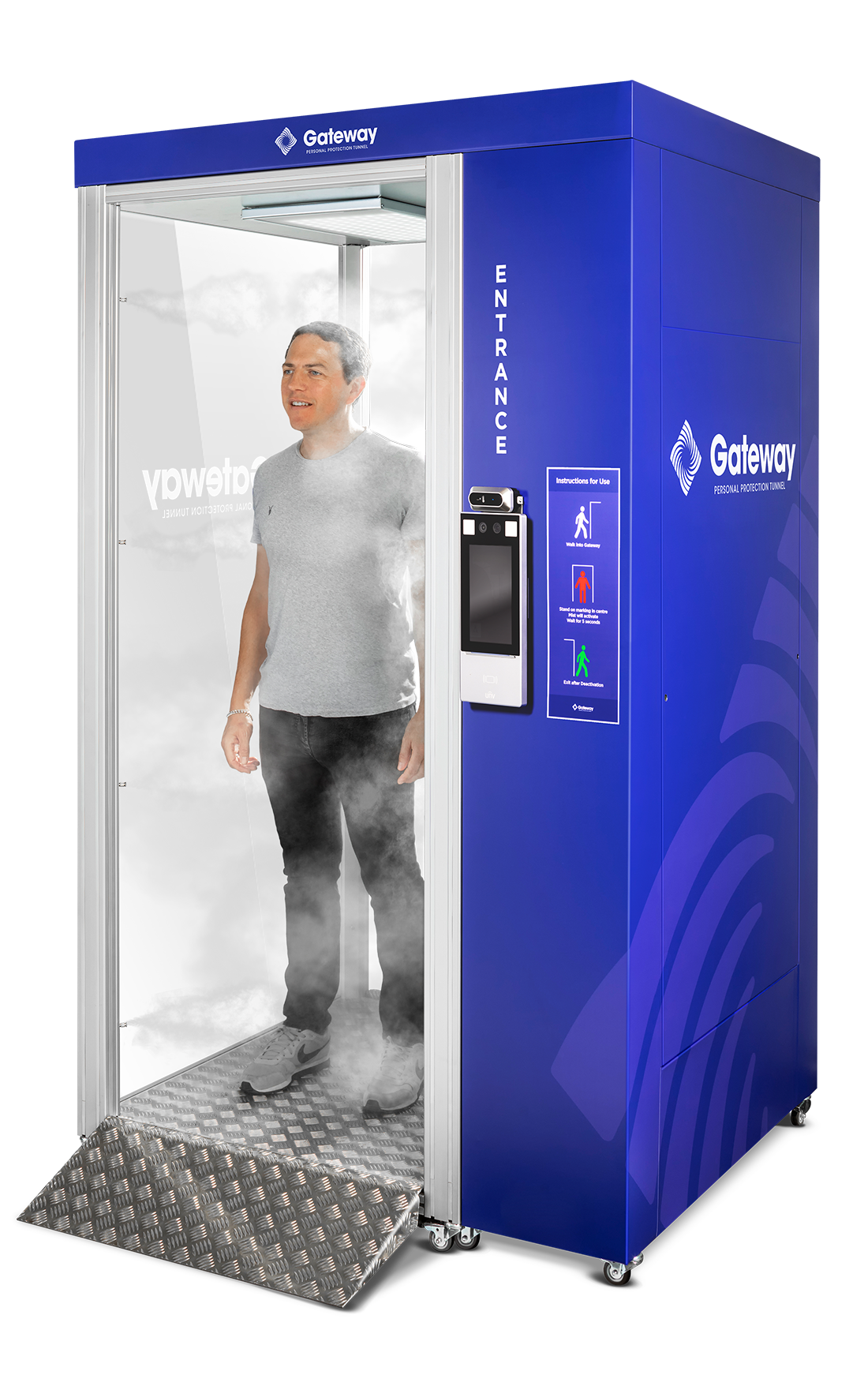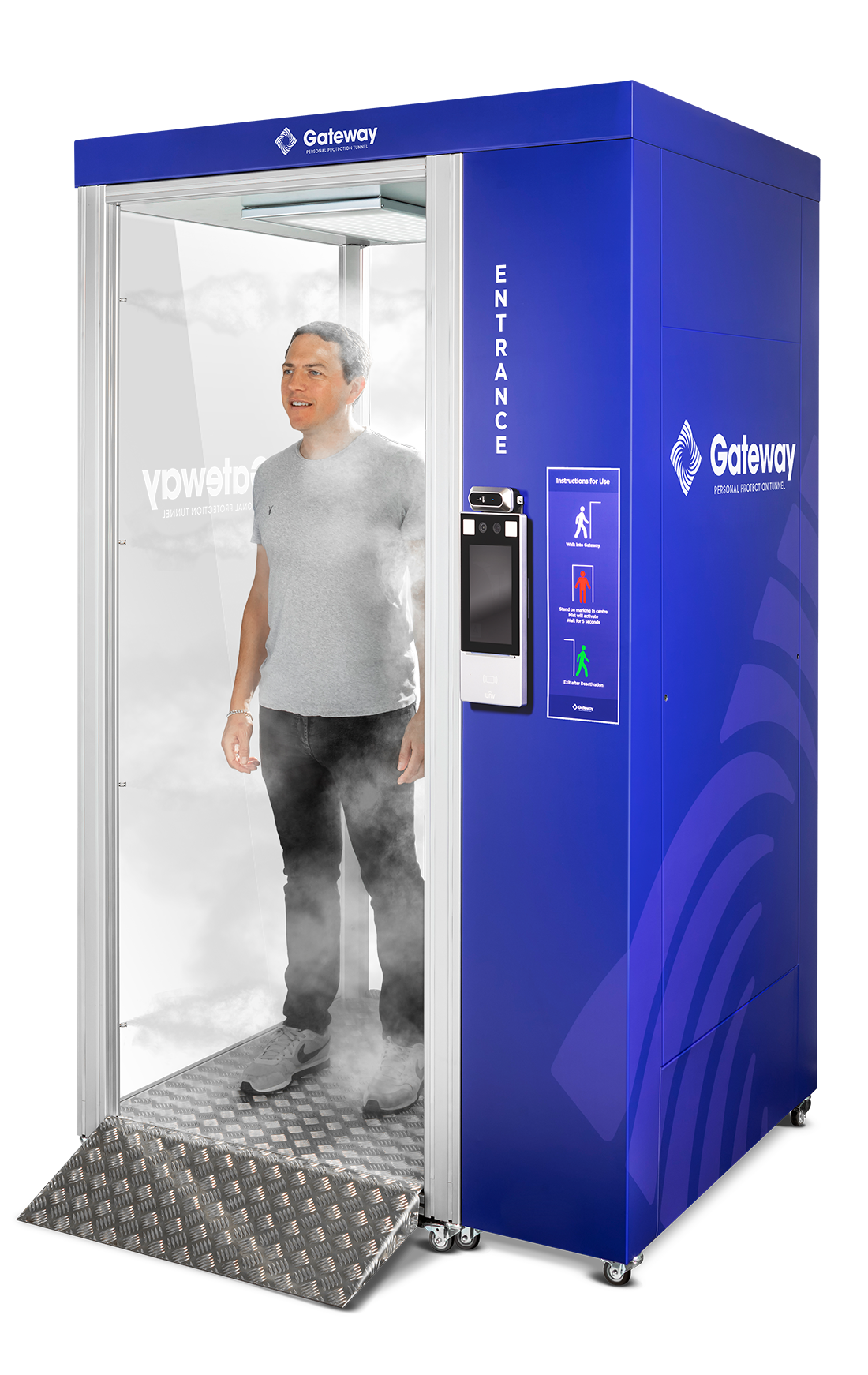Getting high: How tall can skyscrapers get?
As a city with its fair share of skyscrapers, London is a prime candidate for future developments in architecture, especially as the London housing crisis continues to quietly rage on. Since the Natwest tower was built in 1980, the city skyline has slowly morphed to include taller and taller buildings. Despite not being the largest in the world, our skyscrapers make the average Londoner stop and think – how much bigger can they get?
This month, that’s what we’re here to find out.

The Race is On
From 1930 to 1931, the world record for the tallest building was broken no less than three times and all within the city limits of New York. The Bank of Manhattan (282.5 m), the Chrysler Building (319 m) and the Empire State Building (381 m), were – and still are – architectural marvels. Nowadays, however, the tallest skyscrapers are more than double the figures quoted for these early pioneers.
Another architectural horse race began in 2003, when the Taipei 101 (509 m, Taipei, Taiwan) ousted the Petronas Towers (452 m, Kuala Lumpur, Malaysia) from their seven year reign as the world’s tallest skyscrapers. Though this second race was slower to progress, each new skyscraper that was built didn’t just take the record – it smashed it. In 2010, the Burj Khalifa (828 m) was built in Dubai in the United Arab Emirates. It was 319 metres taller than the skyscraper that preceded it. In other words, place the Chrysler Building on top of the Taipei 101, and there you have the exact height of the Burj Khalifa.
How high can we go?
William Baker is an expert in skyscraper architecture and he assisted in designing the system that allows the Burj Khalifa to rise so high. It’s called the ‘buttressed core’ and this allows natural light and usable space to be maximised within a building that naturally requires a wide base in order to stand.
Baker claims, ‘We could easily do a kilometer. We could easily do a mile.’ in a 2012 interview, he adds, ‘We could do at least a mile and probably quite a bit more.’
Another expert, Tim Johnson, worked on a project for a client in the 2000s that would have seen the construction of a tower that was a mile and a half tall. This project was scrapped due to the costs of the plan, but similar ideas are resurfacing again in 2018.
What’s stopping us?
There are a few limiting factors that are slowing the progress towards a mile high building. Namely, these are pragmatic technicalities, such as the real estate market and funding, as well as other natural limitations, such as the dearth in natural light at the centre of a wide-based building. There’s a problem with lift technology, too. And the average amount of time it takes a person to travel around a building before it is shown to negatively affect their working day. All of these psycho-geographical elements have to be considered before making such a large investment.




